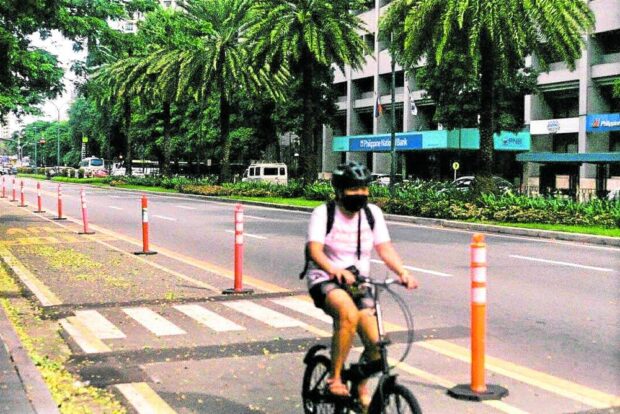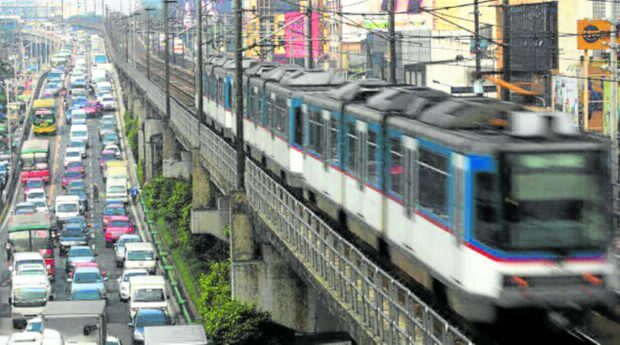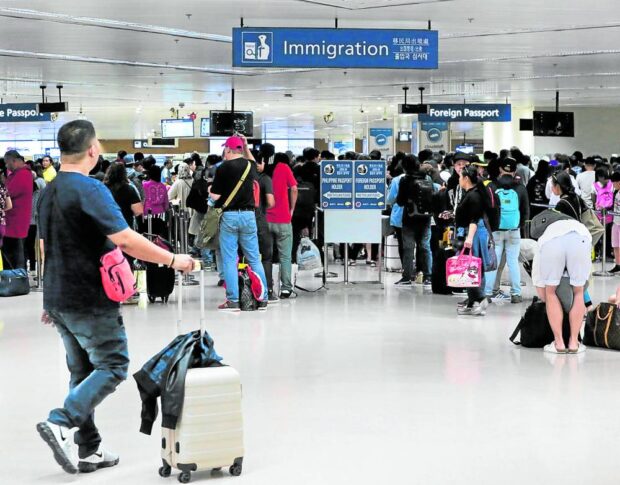Shifting patterns: Ruminating the year that was

Making streets car-free, albeit temporarily, is a recognition of a growing preference for active mobility. @CHIZCHERLS
(First of two parts)
The start of the year often encourages introspection of the past and anticipation of the future.
Last year was beset with challenges as well as opportunities. While we continue to live in uncertain times, we noted some significant events that are both a cause for optimism as well as caution.
Real estate rebound and transformation
There appears to be a consensus among analysts that the property sector is on its way to recovery. Significant shifts point to more profound changes and potentialities in the year ahead. Of these, the rebound in tourism and artificial intelligence (AI) in the property sector are worth noting.
Tourist arrivals in the Philippines last year reached 4.8 million—slightly exceeding the targets of the Department of Tourism (DOT) for the year, but still below pre-pandemic peak. Domestic tourism also rose, pointing to an overall resurgence in travel and leisure.
Whether this phenomenon is more than just a fleeting episode of revenge travel remains to be seen. The DOT is aiming for an audacious target of 7.7 million tourist arrivals in 2024. This will depend on many things such as domestic infrastructure, West Philippine Sea situation, country image, destination competitiveness, ease of travel requirements, and other factors.
What makes tourism significant is that it allows for decentralized economic development in many places in the country, reducing dependence on our rapidly congesting metropolitan areas.
Meanwhile, mass adoption of AI became evident in the past couple of years and is the next step in the digital transformation of the property sector.
The whole value chain of property development and management could be aided by AI including data analytics, market research, design, customer servicing and building management are being impacted by AI. As in the past, speed, efficiency and precision will be the drivers of value and productivity. An important link in the chain that needs to catch up is in construction, which has been plagued by delays, as well as cost and quality issues in previous years.
Streets reclaimed
At the start of 2023, we cited car optionality as among the trends we hoped for.
While we are still far from achieving this (vehicle sales continued to grow in the past years), there are indications of a shifting attitude away from private vehicular mobility. One such indication was the reported 30 percent increase in MRT-3 ridership in 2023. This is welcome news particularly since MRT-3 ridership has been declining even prior to the pandemic.
Another indication is the closure of some streets to cars on weekends like at the Ayala Triangle in Makati City and Greenfield District in Mandaluyong City, following earlier moves by Ortigas Center and Bonifacio Global City (BGC). Making streets car-free, albeit temporarily, is a recognition of a growing preference for active mobility and the desire to make streets more inclusive.
More significantly, the sentiment of mobility advocates seems to have reached a tipping point, prompting both private and public sectors to adopt policies for protected bicycle lanes in our city streets.
Among the first acts of Congress is to increase to P1 billion the funding for the Active Transport and Safe Pathways Program (ATSPP), aimed at accelerating the development of protected bicycle lanes. The shift towards more people-centric infrastructure seems to be gaining ground and with this, hopefully soon, better land use policies that complement such infrastructure.
(To be continued)
The author is founder and principal of JLPD, a masterplanning and property development consultancy practice. Visit www.jlpdstudio.com



